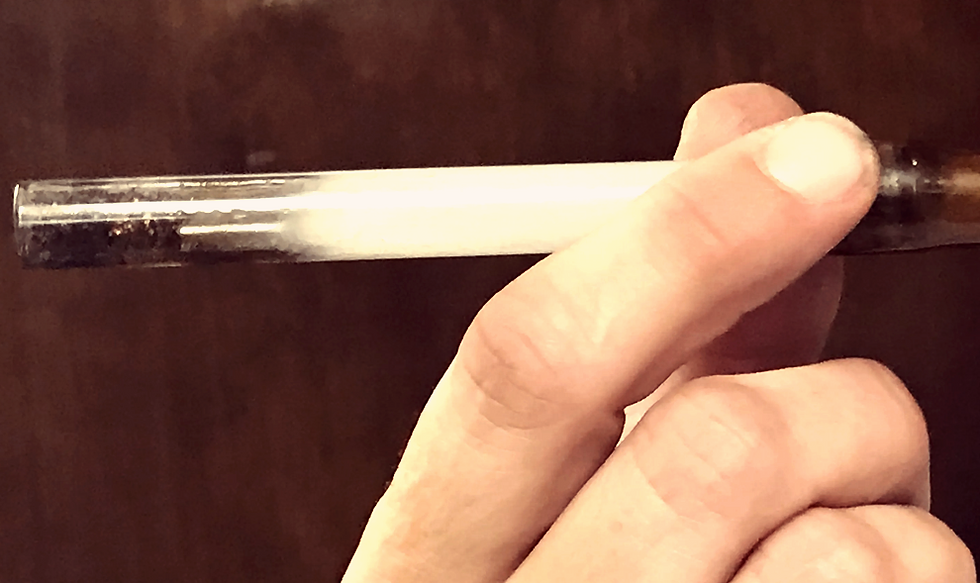Crack Cocaine
- drjunkieshow
- Feb 17, 2021
- 3 min read
Originally published Aug 9, 2023
Crack cocaine is just cocaine in a smokable form. There is no real difference between what the two drugs do in the body. But there is a huge difference between what the courts will do to someone caught with crack compared to someone caught with powder, and race seems all to often related to the severity of sentence.

According to the ACLU, In 1986, before the enactment of federal mandatory minimum sentencing for crack cocaine offenses, the average federal drug sentence for Black defendants was 11% higher than for whites. Four years later, the average federal drug sentence for Black defendants was 49% higher (ACLU). The war on drugs has always been a war on poor people of color.
And it has seen massive results. Even though black folks don't use or sell drugs at rates any higher than white folks, they have seen the full force of the war on drugs focused on their communities. In1885, 16,600 black inmates were in prison drug offenses. By 1995 that number had grown 800%, to 134,000 . During that same time, state level spending on prisons went from $6.7 Billion in 1985 to more than $26 Billion in 1995.
"More than 60% of those in prison today are Black or Latino. Black men are six times more likely to be incarcerated than white men and Latino men are 2.7 times more likely. Almost 1 in every 12 Black men in their thirties is in prison or jail on any given day (The Sentencing Project). The United States is not a post-racial society. Only 6% of US citizens are black men, but 40% of US inmates are black men.

"Four of every 10 children (38.8 percent) are poor for at least one year before they reach their 18th birthday. Black children fare much worse: fully three-quarters (75.4 percent) are poor during childhood. The number for white children is substantial, yet considerably lower (30.1 percent). Persistent childhood poverty—living below the federal poverty level for at least half of one’s childhood—is also prevalent, particularly among black children. Among all children, 1 in 10 (10.5 percent) is persistently poor. For black children this number is roughly 4 in 10 (38.5 percent), and for white children it’s fewer than 1 in 10 children (4.3 percent)" (Caroline Ratcliffe, The Urban Institute).
Ronald Reagan may not have started the war on drugs, but he is probably the President who did the most damage to black and Latino communities. From 1980-1984, the war on drugs was refocused to emphasize punishment rather than assistance: FBI anti-drug funding jumped from $8 million to nearly $100 million, while from 1981-1984 the budget for the National Institute on Drug Abuse was reduced from $274 million to $57 million and antidrug funds to the Department of Education were slashed from $14 million to just $3 million. Reagan also signed the now-infamous Anti-Drug Abuse Act of 1986 into law and created a double-standard for powder-versus-crack cocaine—five grams of crack, a diluted form of cocaine, required a mandatory minimum prison sentence of five years, the same mandatory minimum for 500 grams of powder cocaine. The hundred-to-one ratio was then used to focus the full force of the war on drugs on poor, black communities. Even though studies reveal that 66% of crack users are white or Latinx, more than 80% of defendants sentenced under Reagan-era crack mandates where African American.
Check out S2 E6 for more about crack cocaine and the laws which are used to demonize and criminalize it. And check out Richard Pryor joking about his experiences with cocaine, including the 1980 incident where he allegedly caught on fire while freebasing cocaine.
Other citations: Freeway Ricky talks about buying drugs from Oscar Blandón who was supposedly in cahoots with the CIA.
Investigative
Journalist Gary Webb wrote a series called Dark Alliance in 1996, covering the Iran-Contra Scandal.
The Rampart Scandal was one of the biggest dirty-cop bust in the history of the USA, but certainly not the only one.





Comments